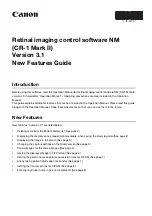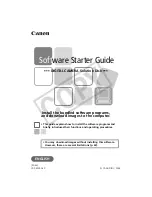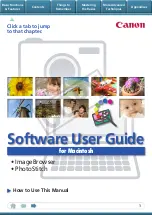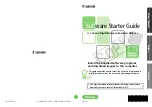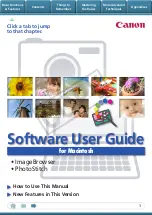
Software
Crestron
e-Control
®
Appendix E: FAQ for IT/MIS professionals
What is a Crestron Control System?
A Crestron Control System is a programmable device that allows control of external
devices (typically of Audio/Visual nature), by means of a serial connection, relays,
infrared, and IP. Additional capabilities include MIDI interface, digital or analog
inputs. Crestron Control Systems use several different input devices for user
interaction; these include touchpanels and button panels.
Why does it need to be connected to our corporate LAN?
The Crestron Control system uses Ethernet for:
Intersystem communication – From one Crestron system to another.
Remote control – The program running on the control system can allow for remote
users to interface with the program over IP. These devices can be Wintel machines,
pocket PCs, or Web tablets.
Remote monitoring – Crestron programs can be run on a PC to monitor the status
of all Crestron control processors on the network.
Web interface – The Crestron control processor comes with a built-in Web server
that is used for serving up Web pages that communicate with the program. These
pages contain HTML as well as Java, or Active X objects.
Ethernet Adapter
The Ethernet adapter uses a standard RJ45 connector, utilizing pins 1, 2, 3, and 6.
It supports 10Mbs, 100Mbs Half Duplex, and 100Mbs Full Duplex. It also has an
auto negotiation setting, which will “sync” up with the router/hub/switch it is
connected to.
What is the dual Ethernet port for?
The dual Ethernet port enables a private network that is not connected to the
production network. The devices on the private network will be addressable from
the production network using NAT. Any broadcasts on the private network will not
be seen on the production network.
What are typical traffic patterns for Crestron Systems?
Crestron uses mostly TCP connections (Web server, and Telnet), but also can use
UDP for intersystem communications. Only IP traffic is used, no NETBIOS,
NETBEUI, or IPX/SPX.
62
•
Crestron e-Control®
Reference Guide – DOC. 6052
























